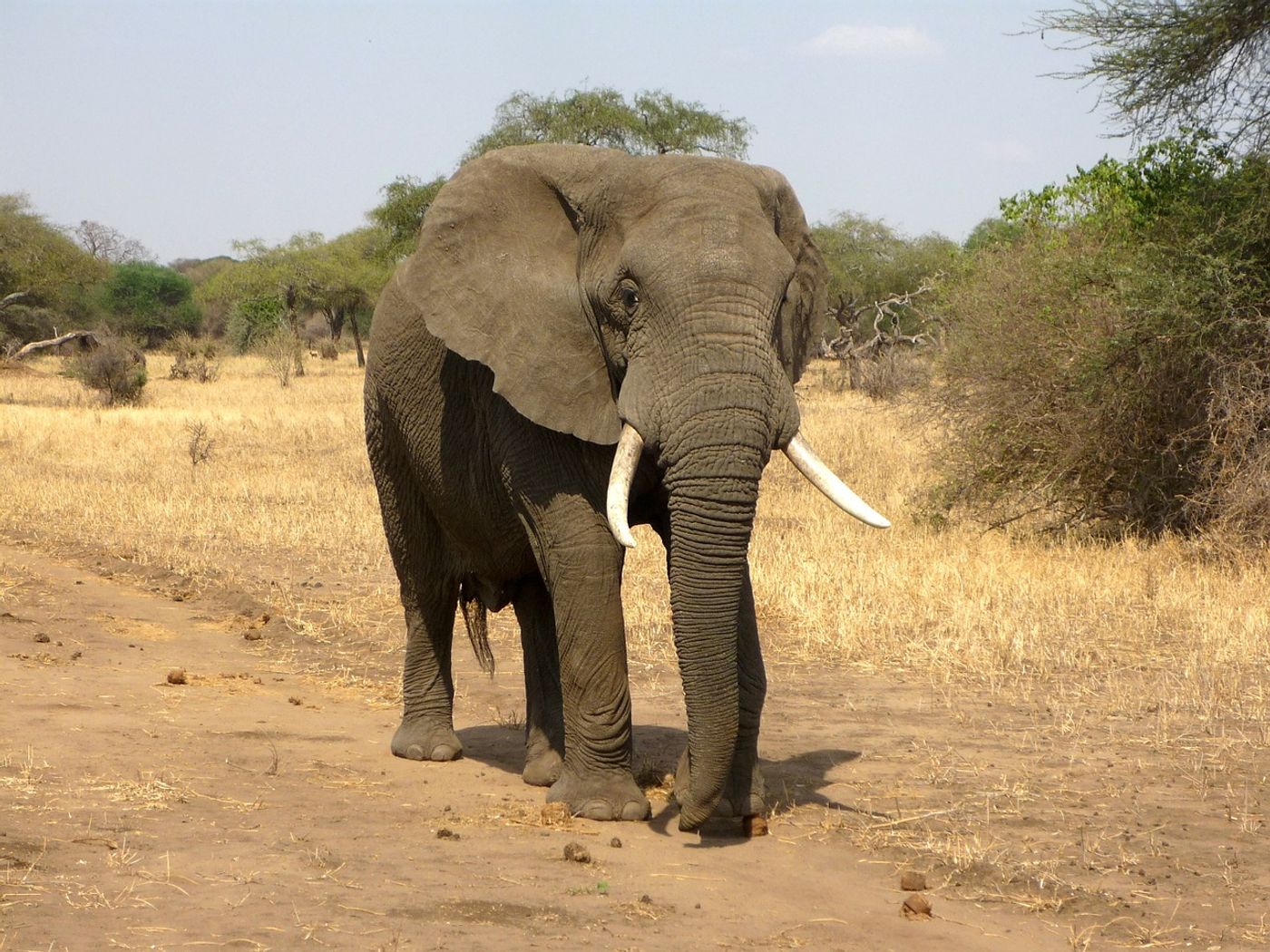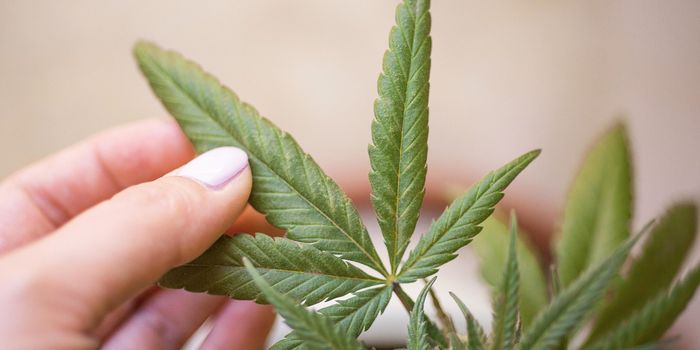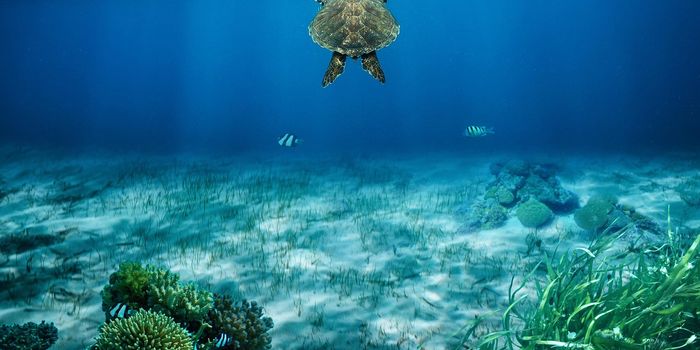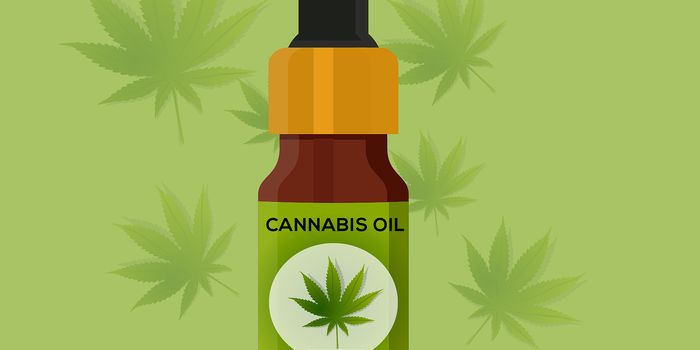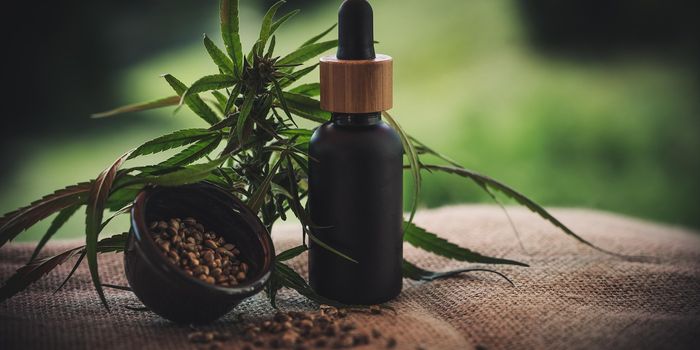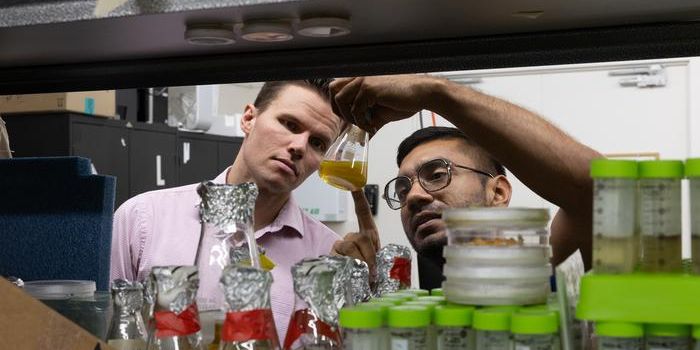Ivory Seizures At All-Time Highs Despite Elephant Poaching Decline
According to the latest data announced by the Convention on International Trade in Endangered Species (CITES), there’s a statistical paradox involving the relationship between elephant poaching and illegal ivory trade, and it's proving difficult to explain.
Image Credit: Pixabay
In a mix of both good and bad news for elephant lovers, experts report all-time lows in poaching for the fifth year in a row, but ivory seizures are soaring to record highs. In 2016 alone, authorities seized more than 40 tons of ivory; that’s more than any amount confiscated since the year 1989.
The new data suggests that fewer elephants are getting slaughtered for their tusks today, but there could be more illegal ivory floating around on the black market than initially anticipated.
Related: Poaching may have led to some elephants being born without tusks
Increased search and seizure rates might be to blame for the higher number of ivory busts, but it seems just as likely that ivory traders are working overtime and trying to liquidate their illegal assets before it's too late.
"International syndicates behind this poaching and smuggling may be involved in a panic sell-off as they realize that speculating on extinction was a bad bet, with the ever-increasing risk of getting caught," explained CITES secretary general John Scanlon.
Related: Does most ivory come from recent elephant kills?
Elephant poaching statistics vary from one region of Africa to the next. Central Africa, for example, has laxer poaching laws and consequently sees more frequent poaching efforts than anywhere else in Africa.
Eastern and Southern African nations, on the other hand, are stricter in that regard. They impose harsher punishments for anyone caught poaching elephants or trafficking ivory. Poaching is declining in these regions, allowing elephant populations to either rebound or stay neutral.
From several angles, the circumstances surrounding elephant conservation are complicated and challenging to manage. Nevertheless, one can only hope that every nation will one day take additional steps to protect elephants just like those where conditions are already improving.
Source: Phys.org, The Telegraph
